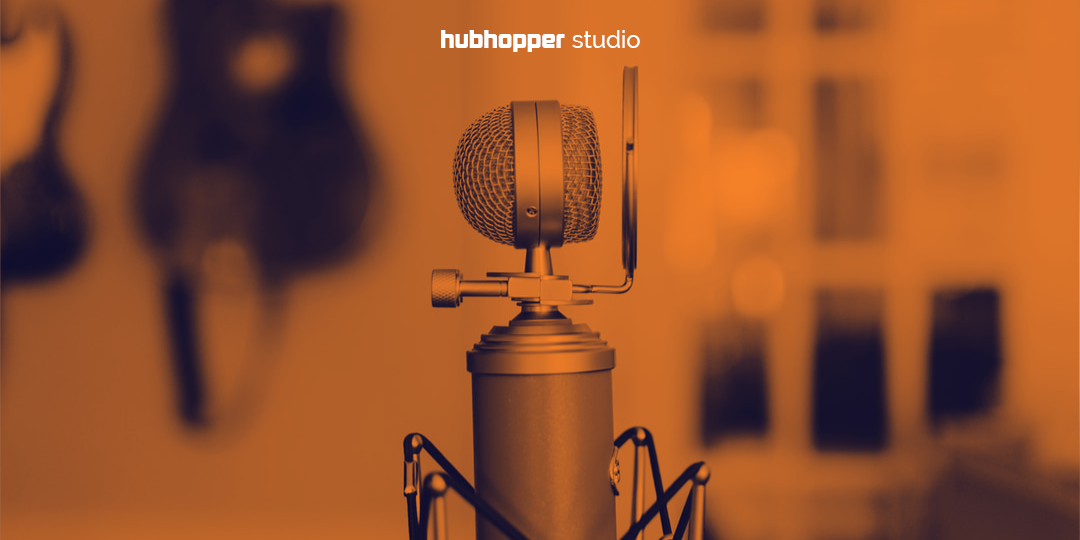When thinking about podcasts, the initial thoughts are always with the image of having an elaborate set up with you sitting in a studio with a microphone. Trust me, it is neither that elaborate nor is it very complicated to record podcast. To start with, we must understand that audio, is rather much cheaper and easier to produce than its counterpart, that is video.
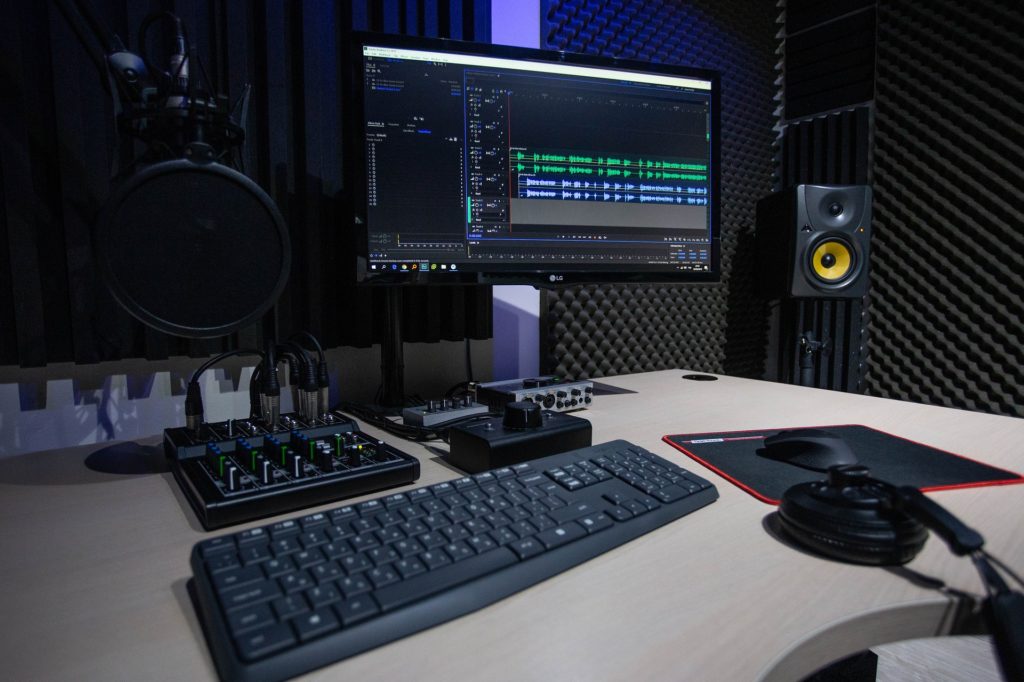
But why is it still that we are hesitant to hit that record button? In this blog I will take you through how can you record and what all can you use to record your podcast.
What can I use to record? Hello, hello…check, check…
You know what the funny thing is? Well, the answer was always in your pocket. Yes, it’s your mobile phone! Smartphones these days come with great inbuilt microphones to capture quality audio. You can simply download the Hubhopper studio mobile app on the Google Play Store to get started with your podcast, straight from your mobile device. We recommend you to use an external microphone like your earphone with an in-built microphone to capture crisp audio. To know more about the mobile app, check out this article.
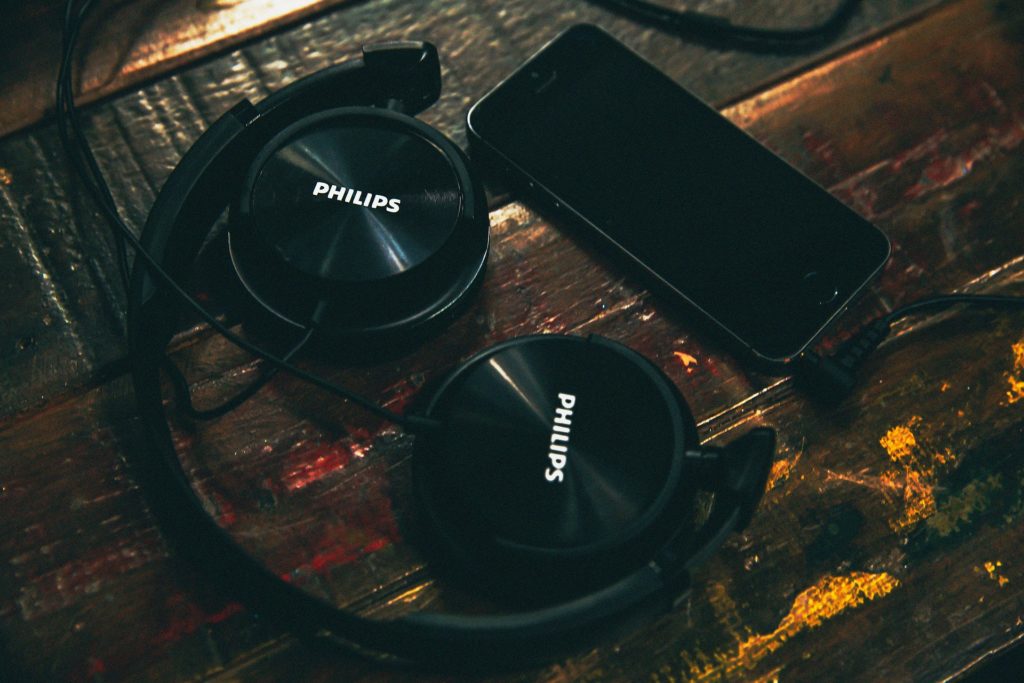
Which microphone should I purchase to record?
Granted there are some microphones out there that can definitely give you amazing studio-quality audio, and you may want to use that instead of using your phone all the time. What we however should warn you about is that for people just starting out in podcasting,microphones can be crazy expensive! After going through a library of Youtube videos on microphone reviews, reading hundreds of blog reviews and asking the community of audio show creators on their recommendations, here are some microphones that we think performs well and are also within a good budget range:
- Blue Yeti USB Condenser Microphone
- Blue Microphones Snowball iCE Condenser Microphone
- Samson Meteor Mic USB Studio Microphone
- Zoom H1 Handy Portable Digital Recorder
All of these microphones are directly compatible to your laptop (USB / Memory card) and you will not require an auxiliary cable. Use the software Audacity for your desktop to record your podcast and as well as edit it. It is simple, intuitive, easy and free!
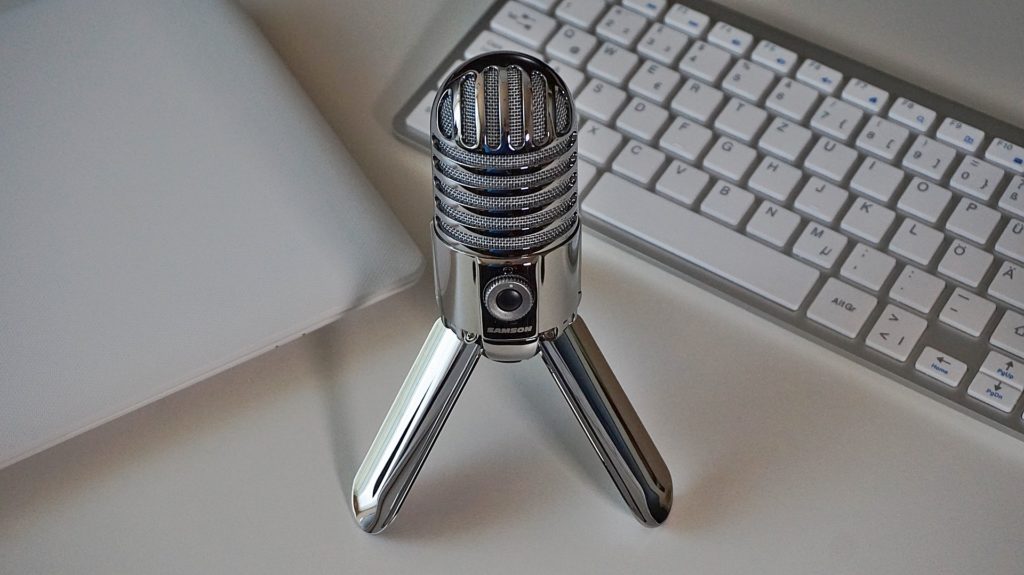
If you want to dive deeper in understanding the technical aspects of the difference between a dynamic microphone and a condenser microphone, here is a blog to guide you . As a general rule of thumb, you should remember that condenser microphones are more sensitive.
The last additional prop you would need to add on to your microphone is a ‘Pop filter’. This will prevent your microphone from capturing the puffs from your breath as you speak and as well as the pops from your P’s and T’s. This prop makes a huge difference in audio quality. Pop filters are pretty cheap to get and hence, you must get one if you are going to buy a microphone.
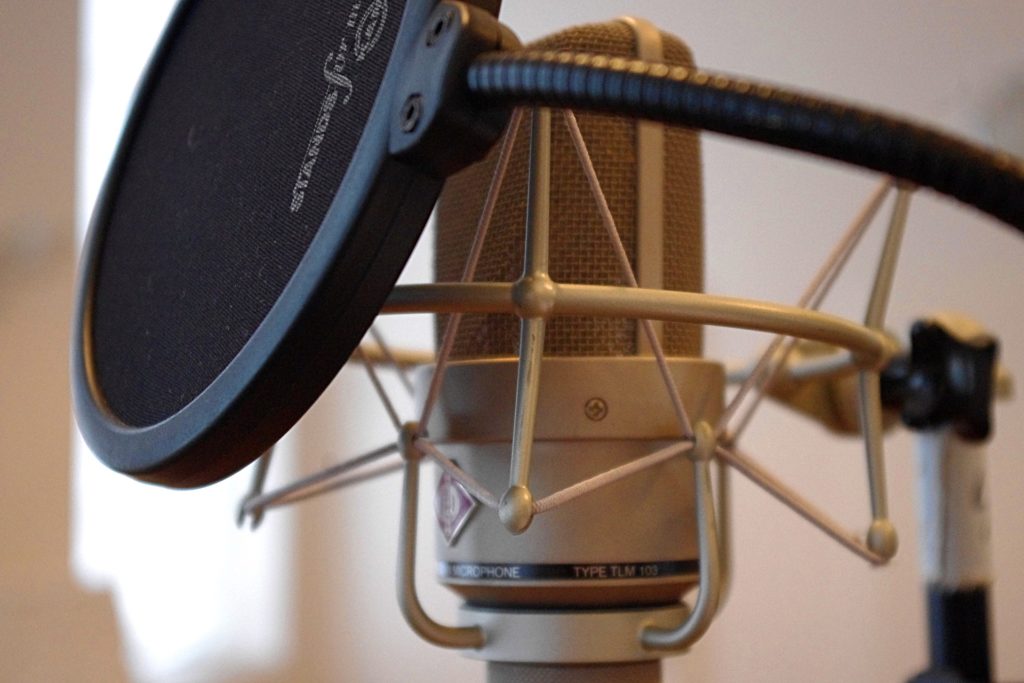
How to record my podcast?
Rather than investing in high-end equipment, there are plenty of other ways you can ensure that high audio quality is maintained while recording.
- To begin with, make sure you are recording in a closed and quiet space with no noise or disturbance. Even some episodes of the ‘Serial‘ podcast were recorded inside a closet!
- Pronounce every word properly and ensure your script is crisp and engaging. You can use headphones to hear yourself as you record (recording software will allow you to do this).
- If you fumble or stammer while recording, don’t worry. Leave a pause and start again where you had made the mistake. These mistakes can be edited out later.
- You can record your content in parts, rather than trying to complete it in one take. This will allow you to be able to revise and maintain flow quality.
- Use a pop filter to cut out the pop-sound from the P’s and T’s in your speech.
There you go, all that you need to start recording your podcast! We recommend that you go and hit that record button and start recording.
Once your recording is done, you can visit Hubhopper Studio and launch your podcast in just 60 seconds! Present on 15 million devices across India, and integrated with giants like IndusOS, Samsung, Amazon Alexa, Ola etc., Hubhopper allows your voice to reach the remotest corners of the nation, and get you loyal listeners. Cheers!

